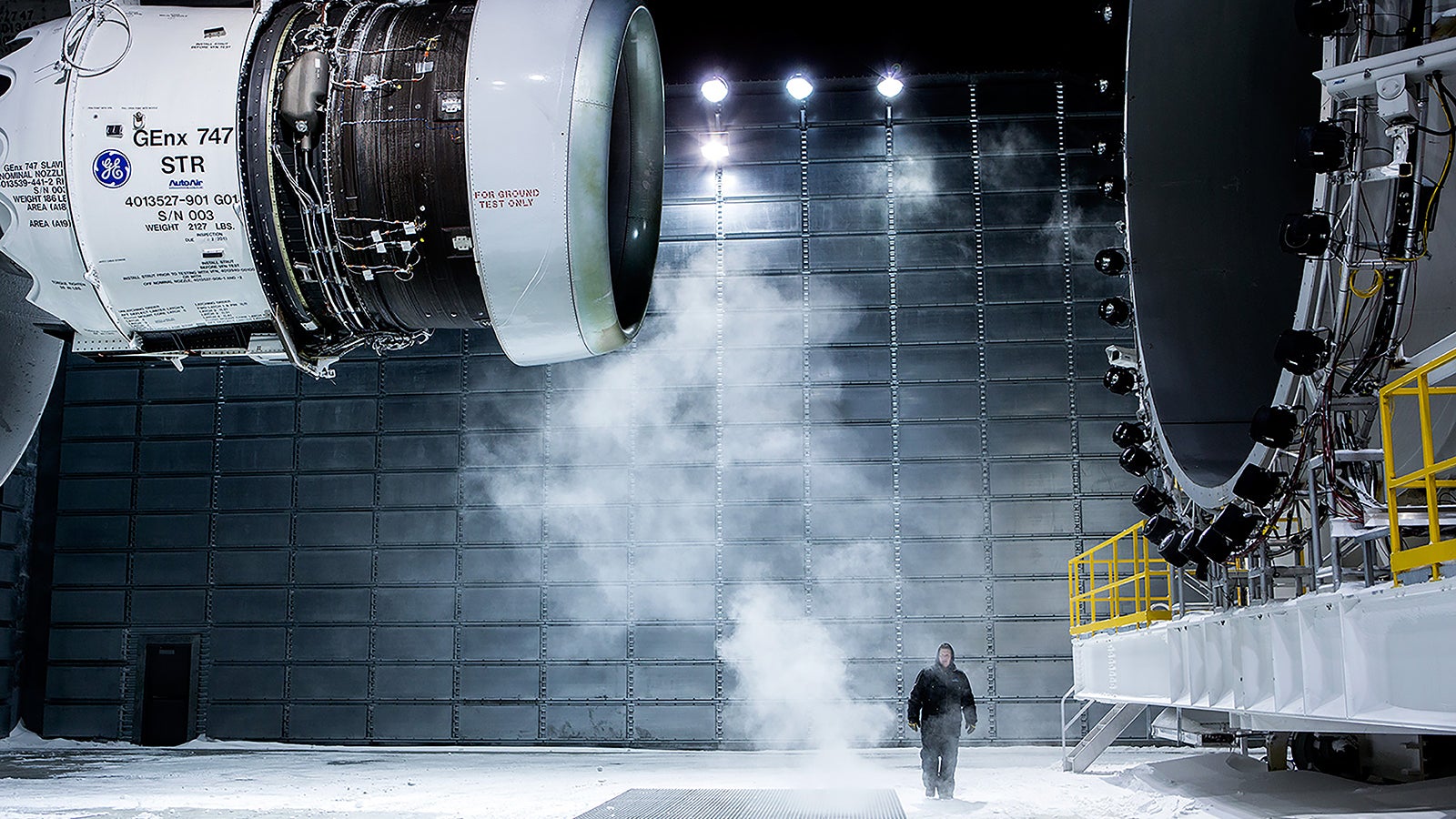These aren’t your parents’ machines
Given the money at stake, it’s no surprise that some of the most innovative Internet of Things (IoT) developments target industry. The promise of big returns, huge cost savings, and longer life cycles gives companies reason to deploy next-generation sensors everywhere from ocean platforms to factory floors.


Given the money at stake, it’s no surprise that some of the most innovative Internet of Things (IoT) developments target industry. The promise of big returns, huge cost savings, and longer life cycles gives companies reason to deploy next-generation sensors everywhere from ocean platforms to factory floors.
The investment community has taken note, as is made plain by transaction data. Industrial sector IoT deals are grabbing a growing slice of the investment pie, accounting for nearly 40% of all IoT transactions in 2016 so far, according to data from CB Insights.
Industrial IoT is already changing big business: Here are four industries that are beginning to see its effects.
The Thinking Factory
The arrival of smart sensors and increased connectivity promises huge advances in production efficiency, machinery maintenance, and worker safety for the manufacturing sector. A McKinsey Institute study suggests the economic impact of IIoT on factories could be as vast as $3.7 trillion dollars per year by 2025. And it’s a change that is already happening—more than a third of US manufacturers are deploying smart sensors in their current operations according to PWC. Early adoption has enabled deeper automation, like the autonomous factory trolleys built by GE-backed start-up Clearpath Robotics.
As data availability increases, predictive algorithms will be able to squeeze even more efficiency out of the production value chain. And while increased automation may eliminate some legacy manufacturing jobs, the growing need for data analysis plus the introduction of emerging technologies like augmented reality is bringing new hybrid roles into the spotlight.
Driving Miss Daisy Chain
Automated machines aren’t restricted to the factory floor, of course. For one, the roll out of Tesla’s autopilot feature has sparked a broader debate on automation safety and AI ethics. But as we are slowly chauffeured into a driver-free future, it’s the industrial world that moves quickest.
Uber’s recently acquired autonomous freight truck start-up just completed the first driverless beer run in history. Competitor Peloton Technologies is wringing out even more efficiencies with its inter-truck IIoT platooning system that cuts wind drag on gusty highways.
Automation is hitting the high seas too, with early tests of autonomous cargo ships being championed by Rolls Royce. For consumers and businesses alike, more automation in ocean logistics signals lower costs and smoother integration.
Connected Medicine
Fitness trackers have proven an early IIoT success story, winning over consumers with gamified stats and even inspiring discounts on life insurance premiums. This is just the start of things to come, with emerging tools like connected insulin pumps and mobile DNA sequencers set to completely change how we manage our health.
IIoT solutions will enable better analytics across the healthcare value chain—from research labs to hospitals and patients’ wrists—reducing waste, minimizing errors, and vastly increasing our working data. Add in artificial intelligence tools like IBM’s Watson, which has shown promise diagnosing cancer cases, and we will see monumental improvements in both health outcomes and predictive powers.
The challenge will be ensuring patient privacy, proprietary standards, IT security, and cross-border regulations without slowing the implementation of life-saving technology.
Building a Smarter Grid
Finally, the energy sector represents another huge center of activity for IIoT innovation. With billions of dollars routinely dedicated to individual mega-projects, the use of next-generation diagnostic and predictive sensors makes for a good investment.
Building IIoT into existing infrastructure isn’t easy, of course. The mix of vendors and asset types across power projects can pose serious challenges. The remote locations of solar and wind farms can make connectivity difficult too—though a custom IoT network is being tested to address this.
The rewards for IIoT innovators will be sweet. By GE estimates, a 1% drop in energy exploration and development CAPEX costs would translate into $90 billion dollars of savings over 15 years. These savings are not far-fetched: take a smart offshore wind turbine. Instead of relying on a costly schedule of preventative manual inspections, IIoT data would simply signal when maintenance or attention is needed.
All in all, data from industrial machines is growing twice as fast as any other sector: In five years, approximately 50 billion machines will be connected to the industrial internet. In the midst of such a rapid evolution and explosion of information, these examples can provide only a snapshot into IIoT’s transformative power.
This month, GE will present the whole picture. Minds + Machines 2016—the fifth annual GE event dedicated to industrial internet software, innovation, and outcomes—will bring together experts to discuss the present and future potential for technology to revolutionize industry.
Learn more about how Industrial IoT is driving global progress.
This article was produced on behalf of GE by Quartz creative services and not by the Quartz editorial staff.